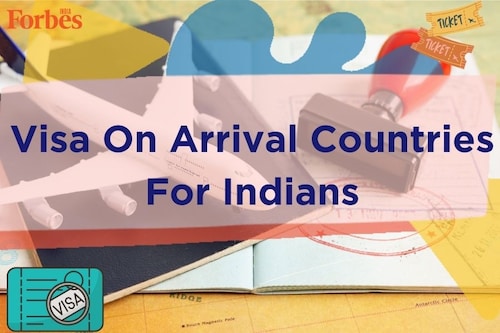Visa on arrival countries for Indian passport holders in 2025
Which countries offer visas on arrival for Indians, and how is it different from visa-free travel for Indians? Let's find out
By Forbes India
Last Updated: Feb 01, 2025, 09:02 IST1 min


The increasing availability of visas on arrival for Indians has made travelling to international destinations more accessible for Indian passport holders in 2025. In the latest Henley Passport Index 2025, the Indian passport has climbed to secure the 85th rank, giving its holders access to 57 countries, making globe-trotting more convenient than ever. There are even many countries that allow you to forego the complexities of visa applications and complete essential paperwork upon arrival.
In this guide, we"ll explore the list of countries that offer visa on arrival for Indians, clarify the process, and differentiate visa on arrival from visa-free travel.
First Published: Feb 01, 2025, 09:02
Subscribe Now